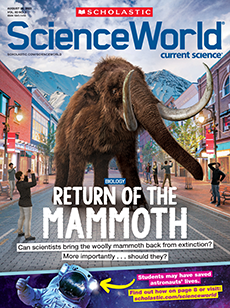Our universe is made of two key ingredients: matter, which has mass and takes up space, and energy, which moves and changes matter. These components may seem simple, but it turns out they’re surprisingly complex and mysterious.
Nearly a century ago, astronomers noticed something unusual about the motion of rotating clusters of stars called galaxies. Along their edges, stars whip around at incredible speeds—so fast that the pull of the galaxy’s gravity shouldn’t be strong enough to hold these outermost stars in orbit. “These stars should fly off into space, but they don’t,” says Shyam Balaji, a physicist at King’s College London in the United Kingdom. “Something invisible must be pulling them in.”
Our universe is made of two key ingredients. One is matter. It has mass and takes up space. The other is energy. It moves and changes matter. These ingredients may seem simple, but they’re surprisingly complex and mysterious.
Galaxies are spinning clusters of stars. Nearly a century ago, astronomers noticed something unusual about the motion of galaxies. Stars along their outer edges whip around at incredible speeds. They’re so fast that the pull of the galaxy’s gravity isn’t strong enough to hold them in orbit. Shyam Balaji is a physicist at King’s College London in the United Kingdom. “These stars should fly off into space, but they don’t,” he says. “Something invisible must be pulling them in.”

